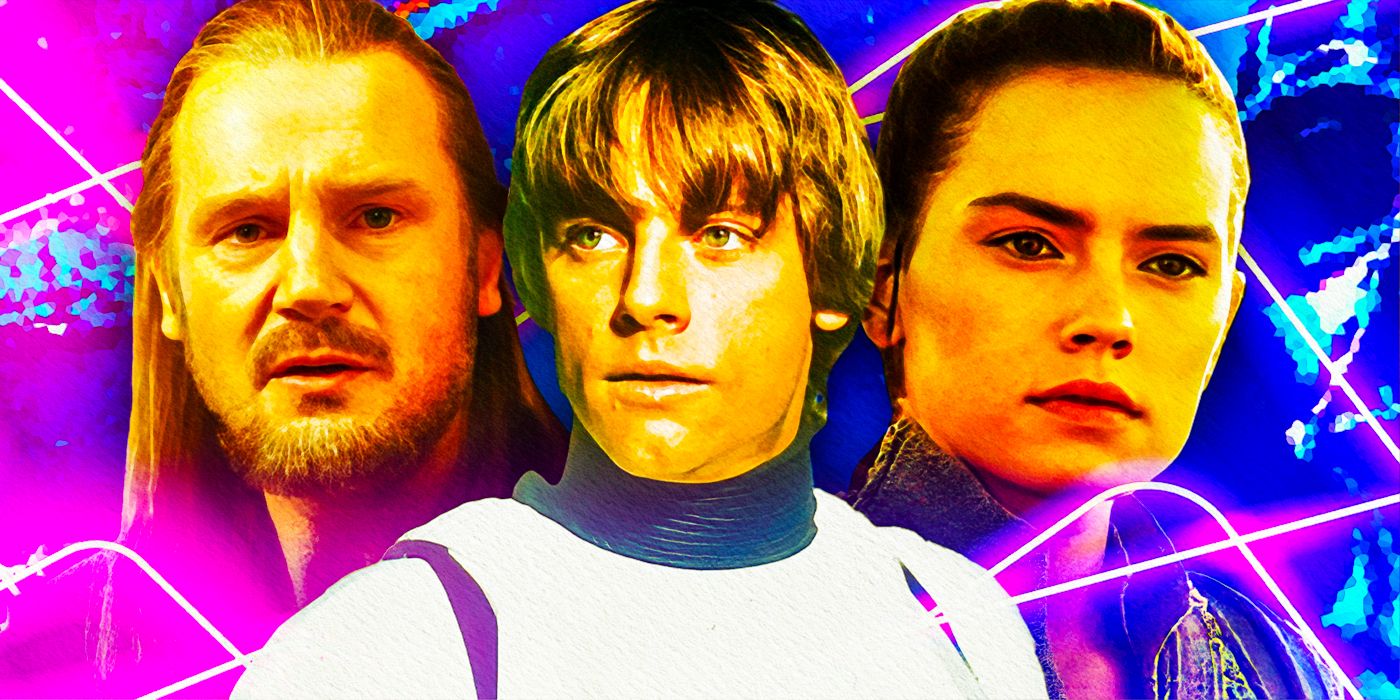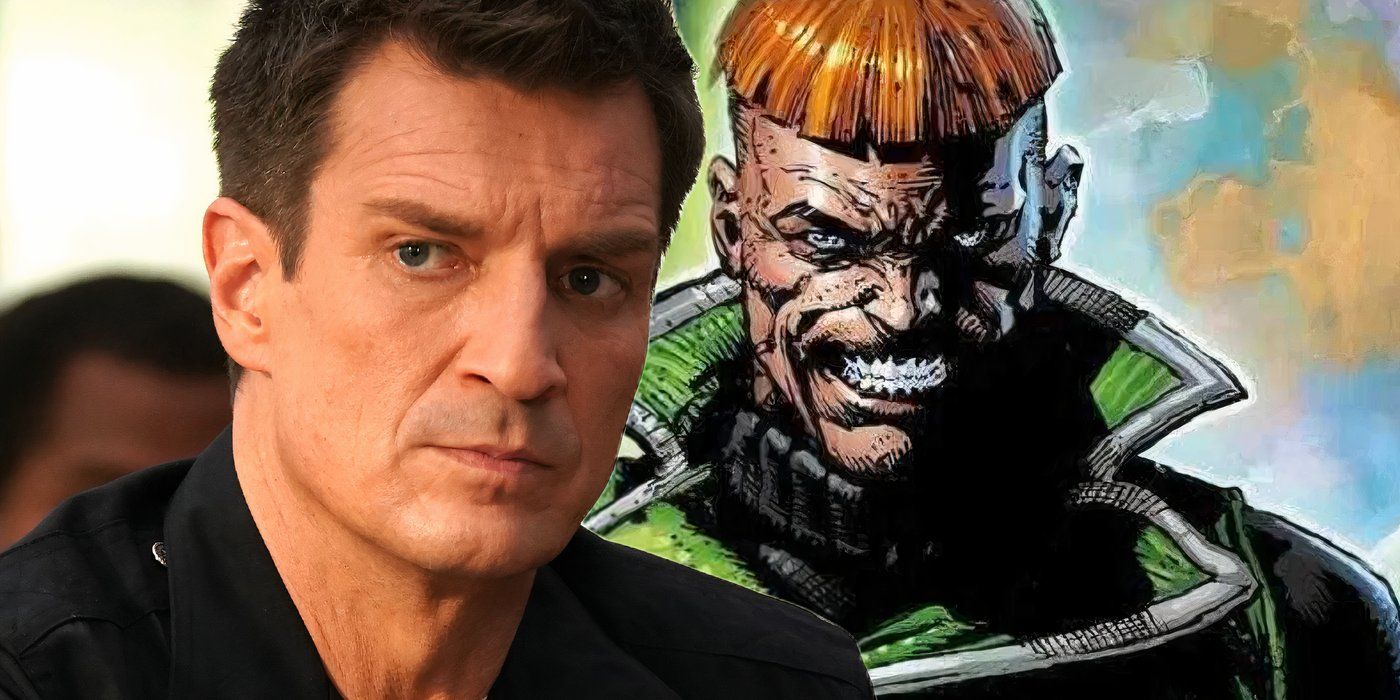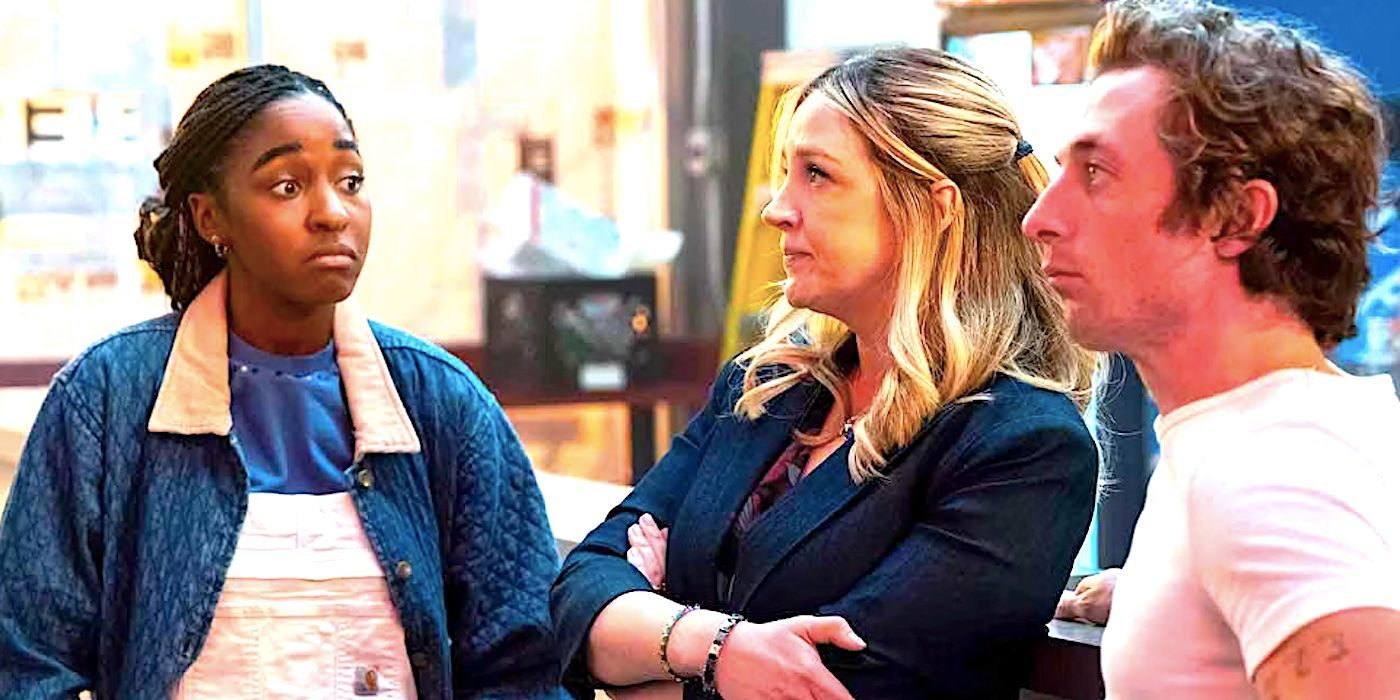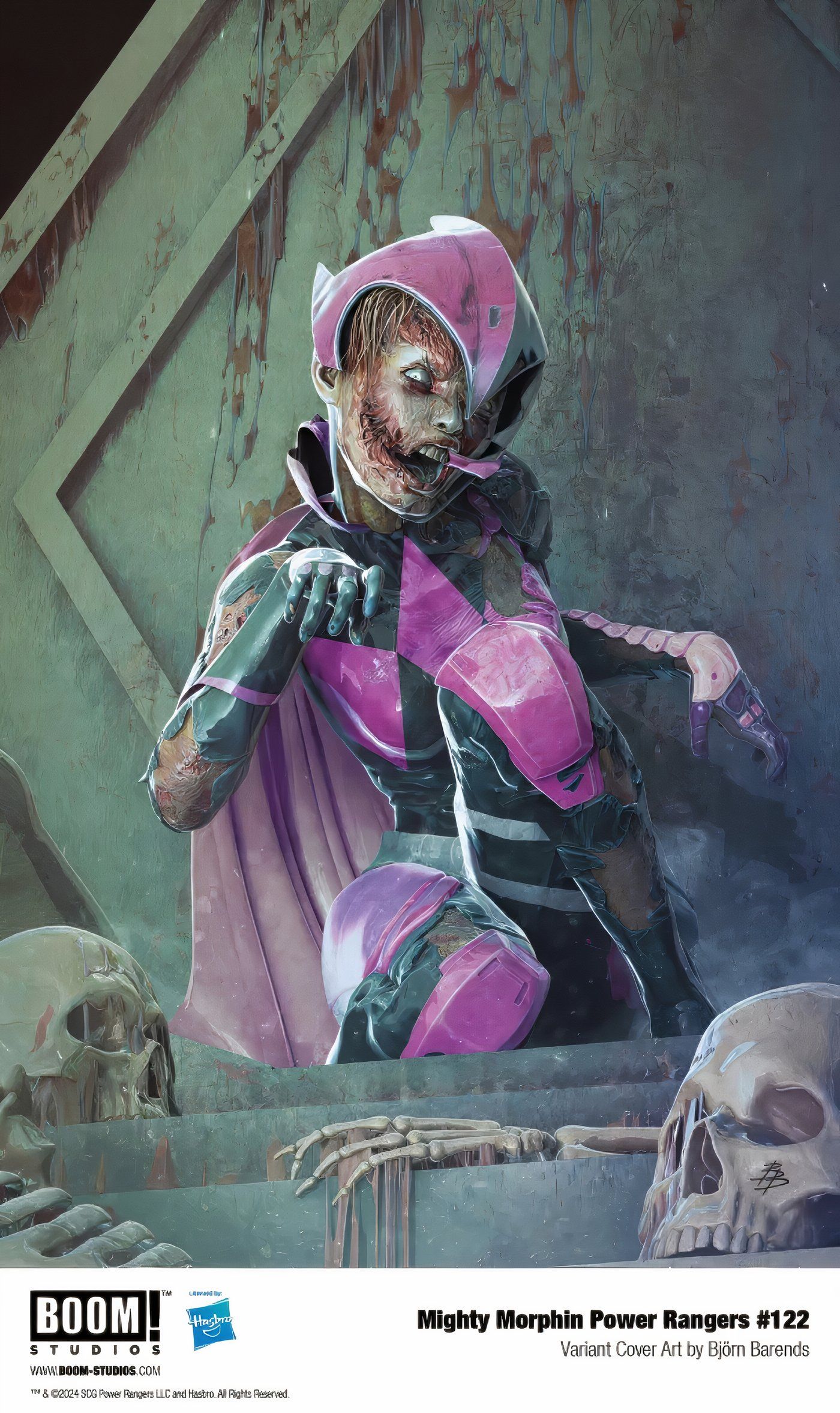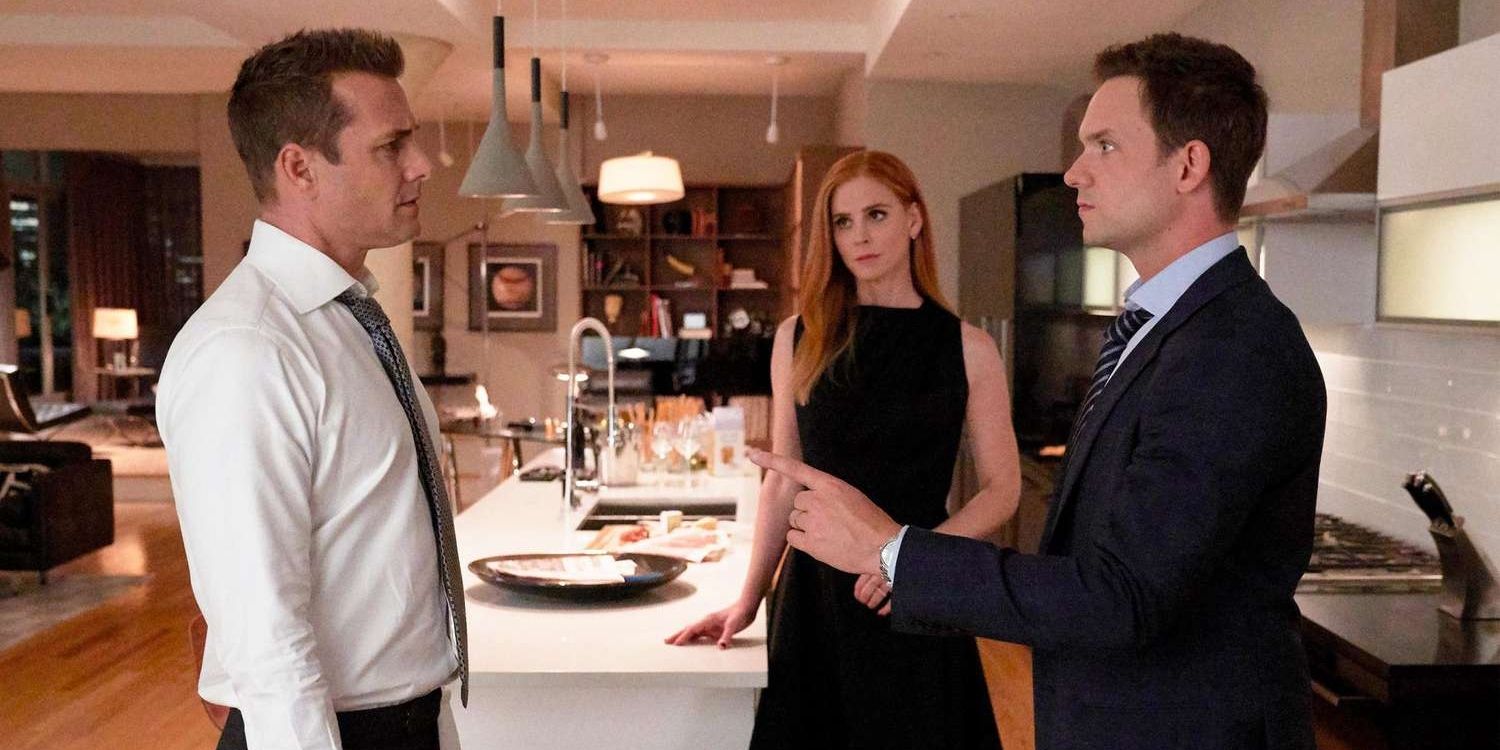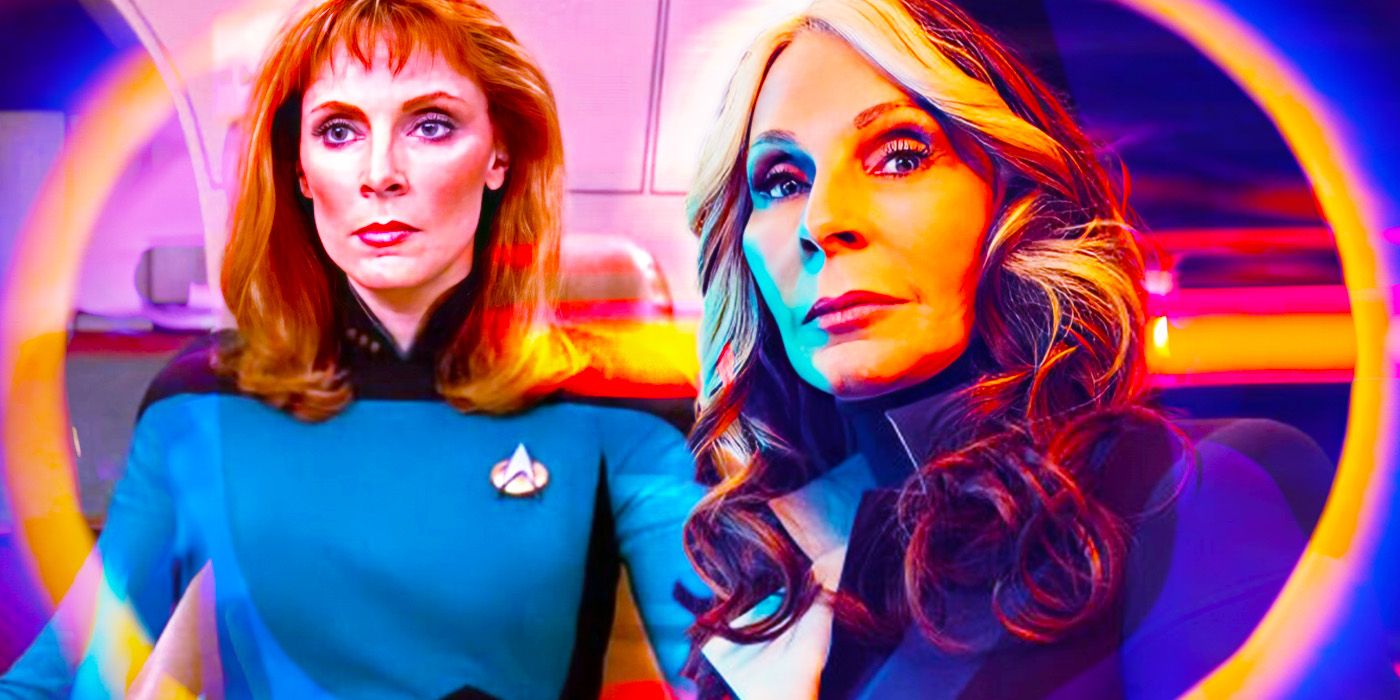Ah the ’80s, the Golden Age of action films, when explosions were bigger, guitar riffs louder, and the soft tinkling of bullet casings followed every one-liner. With restrictions lifted on the use of profanity, violence, and nudity in cinema, the gritty urban crime thrillers of the ’70s like Bullitt and Dirty Harry soared in popularity. When they were combined with the martial arts films coming out of Hong Kong, the path was paved for the ’80s action era.
By the time the ’80s blasted into existence, the blockbuster had already been created with Star Wars and Jaws. It was only naturally that Spielberg and Lucas would produce one of the first bona-fide action flicks of the ’80s, Raiders of the Lost Ark in 1981. 1982 saw Rambo: First Blood, and ’84 saw the beginning of the Terminator franchise. With advancements in CGI, the action films of the ’90s had the biggest budgets of any genre in movie history. Lets take a look back at 10 classic action films and see how they’ve aged since their heyday.
ROBIN HOOD: PRINCE OF THIEVES (1991)
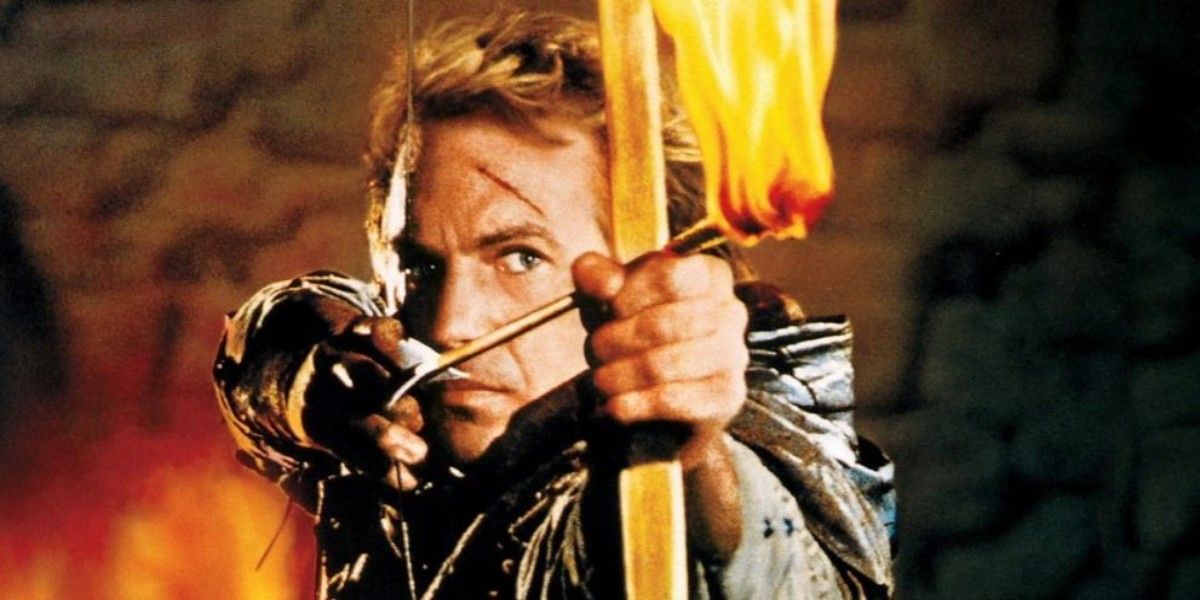
At the time it was made in the early ’90s, audiences pretty much knew what they were in for with Kevin Costner’s version of the Robin Hood myth; Costner would be the star and populate the film with some of the finest thespians he could manage in an effort to make him seem worthy, and then he would be upstaged by them in every scene.
In many respects, Robin Hood: Prince of Thieves is not unlike 2018’s Robin Hood – both are vaguely anachronistic, not bothered by historical accuracy, and delight in style over the substance. While Costner’s English accent is atrocious, without it, we wouldn’t have gotten Alan Rickman’s excellent Sheriff of Nottingham, that Brian Adams song and most importantly, Robin Hood: Men In Tights.
BLADE RUNNER (1982)
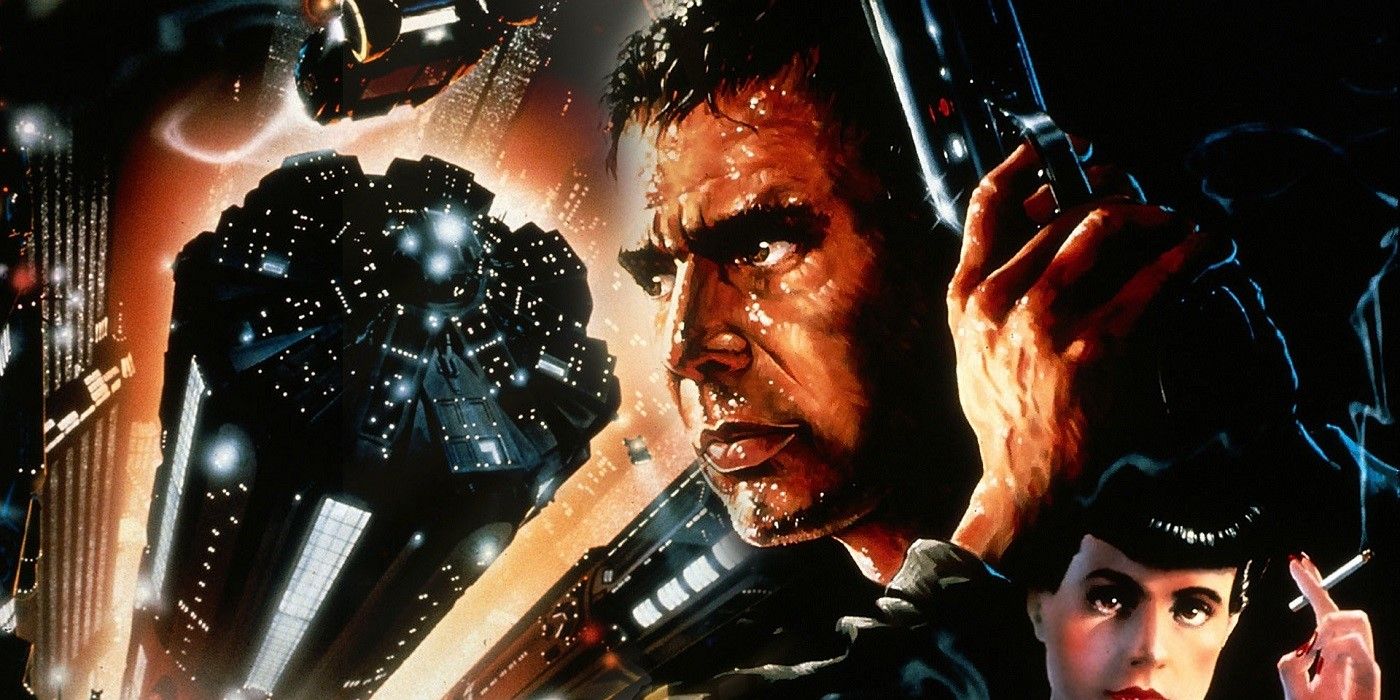
For its time, Ridley Scott’s Blade Runner was a masterful science fiction neo-noir, providing deep cinematic introspection from the work of Philip K. Dick. Harrison Ford played Decker, a “blade runner” tasked with tracking down four synthetic humans that went rogue, discovering more about himself and humanity as the film progresses.
While we’re answering what it means to be more human than human, we’re exposed to the year 2019 in all its rain-soaked, neon glory. Apparently we don’t really have computers yet, but we have video chat. These days, the blatant use of matte paintings, the out-dated tech, and the hulking signs reminding us that Atari is no more threaten to rob this film of its notoriety.
INDIANA JONES & THE TEMPLE OF DOOM (1984)
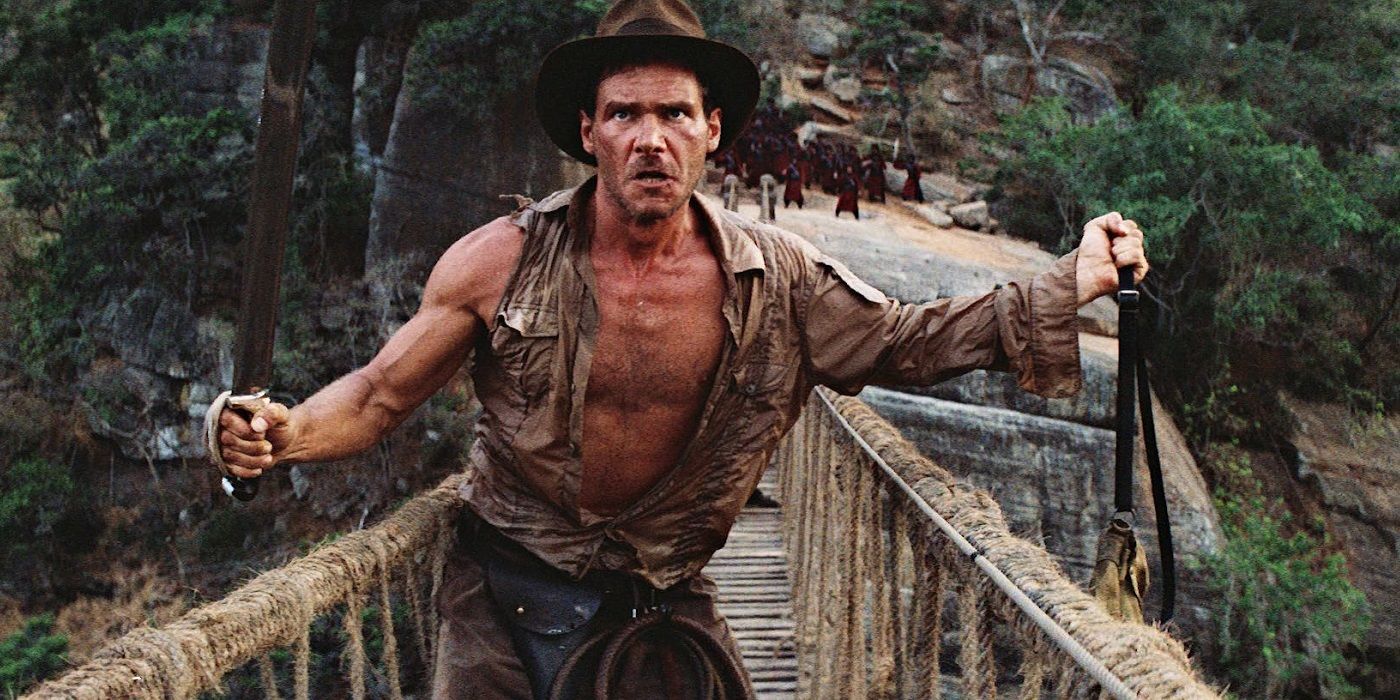
The second film in the Indiana Jones series of films and considered the worst of the franchise, Indiana Jones and the Temple of Doom becomes less and less watchable as time goes on. Its incessant use of blatant racist stereotypes begins the moment the film opens when Indy finds himself in a Chinese den of iniquity.
It’s not just the two-dimensional Chinese gangsters that mar the film, it’s the way Short Round is portrayed, the Indian villagers, and the Thuggee Cult. And if that weren’t enough, there’s Kate Capshaw’s mewling performance that somehow seems worse than being caught in a room full of spikes slowly closing in on you.
CLIFFHANGER (1993)
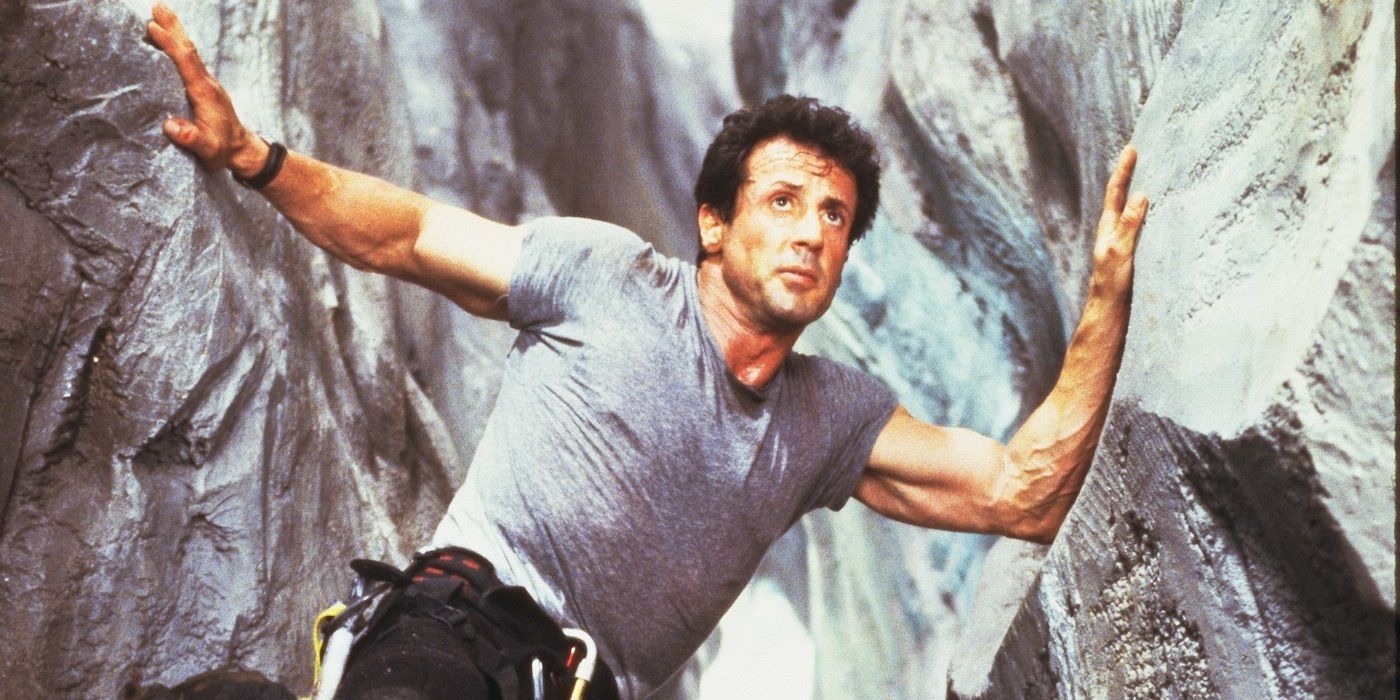
Cliffhanger has got to be one of the most Stalloniest Stallone movies in existence. Naturally, he plays an anguished vet just trying to put his bad past behind him, operating as a mountain rescuer to do good and keep his demons at bay. When he rescues a group of survivors following a plane crash in the Rockies, he suddenly finds himself dealing with a group of criminals after cash.
Stallone isn’t about to help them find their $100 million (no small chunk of change in ’93), so he’s going to survive in the freezing temperatures in a cut-off, after falling from ridiculous heights, getting in fights, and falling through ice. The film could never be taken seriously, but you can watch it today for the still-stunning cinematography.
ROBOCOP (1987)
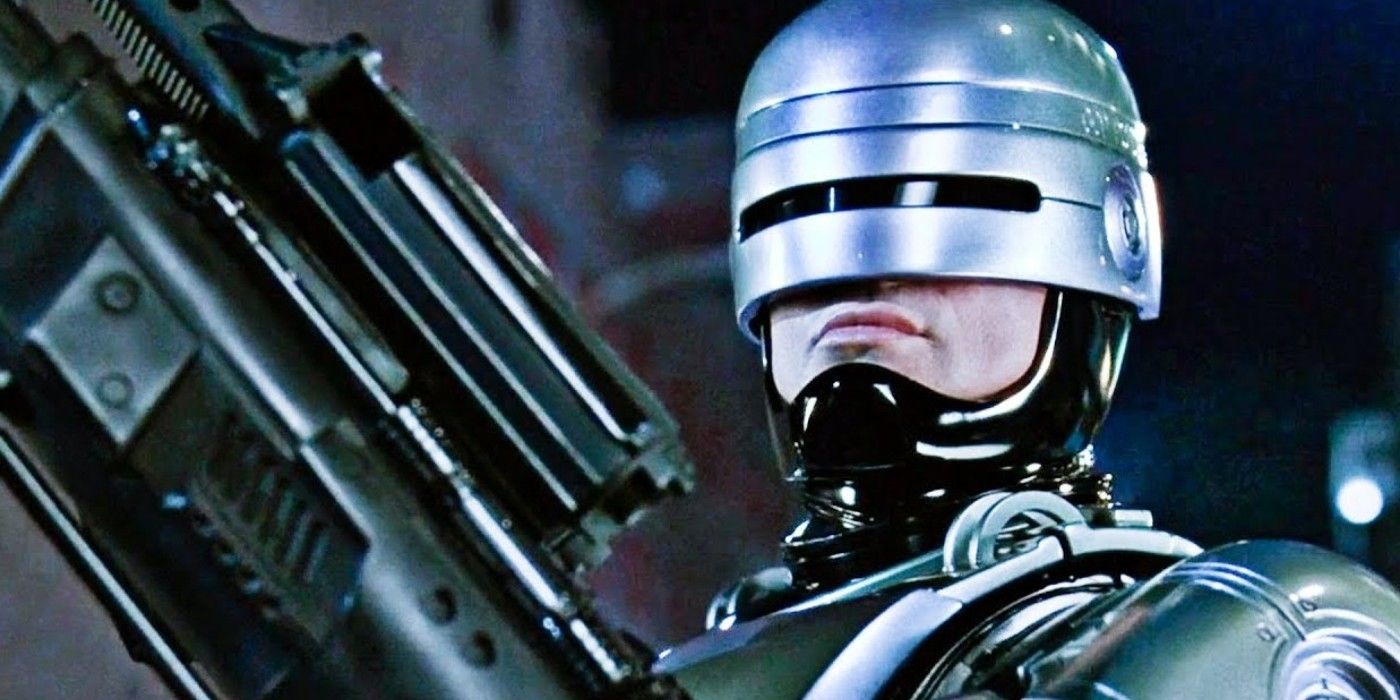
The blending of man and machine in Robocop always seemed a little bit like a Terminator rip off, but we went along with it because Peter Weller was Buckaroo Banzai and obviously involving him in another sci-fi adventure was going to guarantee butts in seats.
However, taking a long hard look at the cyborg-centered film decades later, it’s impossible to look past the rampant drug use, the horrific treatment of literally any female character onscreen, and of course the gratuitous gore. Paul Verhoeven was doing his best to satirize the genre and examine the role of tech and the abuse of power, which he arguably did to better effect with Starship Troopers a decade later.
GOLDENEYE (1995)
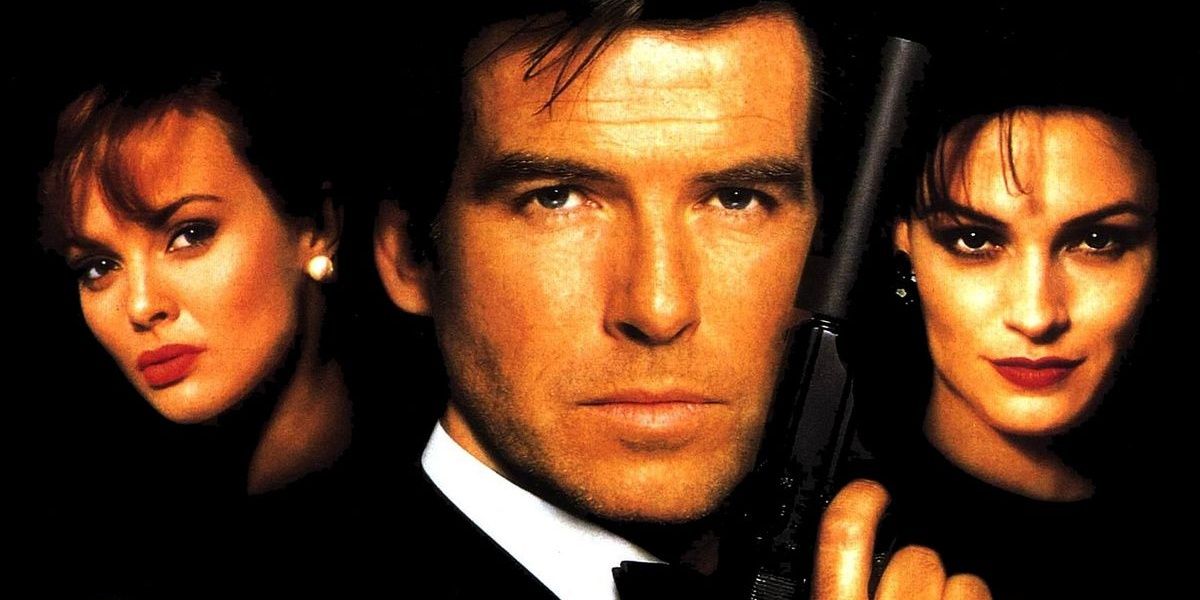
Goldeneye remains one of the best contributions to the James Bond franchise, and the best of Pierce Brosnan’s four Bond films. Brosnan captured everything that made Bond an iconic hero – charm, wit, and cold efficiency under fire. The film itself boasted some (for the time) spectacular special effects, cinematography, and gun-fu.
Unfortunately, as we look back on a film that also inspired a not-insignificant video game of the same name, we see that for all its slick cool factor, there are scenes that make it just as nerdy and lame as anything else from the mid-’90s. Like the scene where Natalia saunters into a computer shop and rattles off some digital jargon that is absolutely cringe-worthy.
THE FAST & THE FURIOUS (2001)
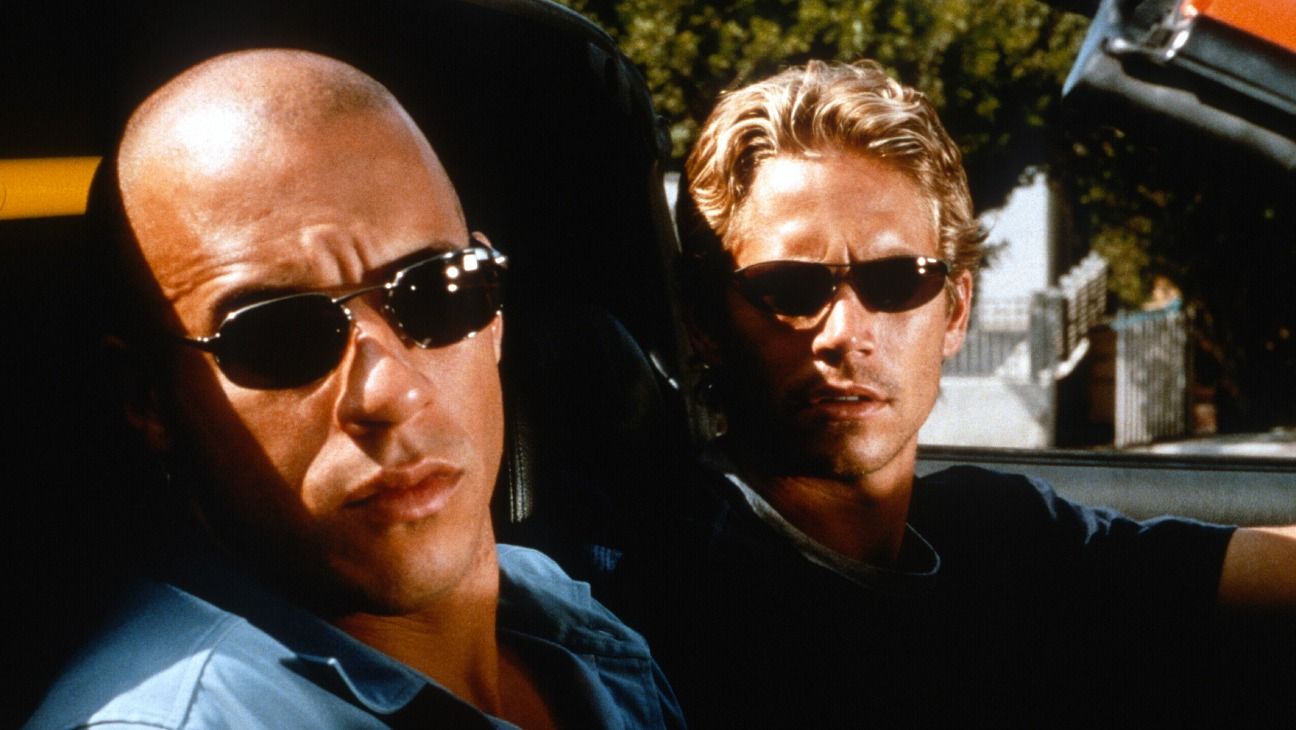
Fifteen years and seven films in, The Fast and the Furious franchise is a juggernaut of high stakes, high speed chases, and high rolling. It’s nothing but exotic cars soaring between buildings and out of airplanes, loaded with the latest tech and beautiful people.
Revisiting the original film, however, reminds us the humble roots the series came from. The Fast and the Furious included cars with floppy disks tricked out with Playstation 2’s, as well as a very localized plot about hijacking a truck full of explosives.
MISSION: IMPOSSIBLE (1996)
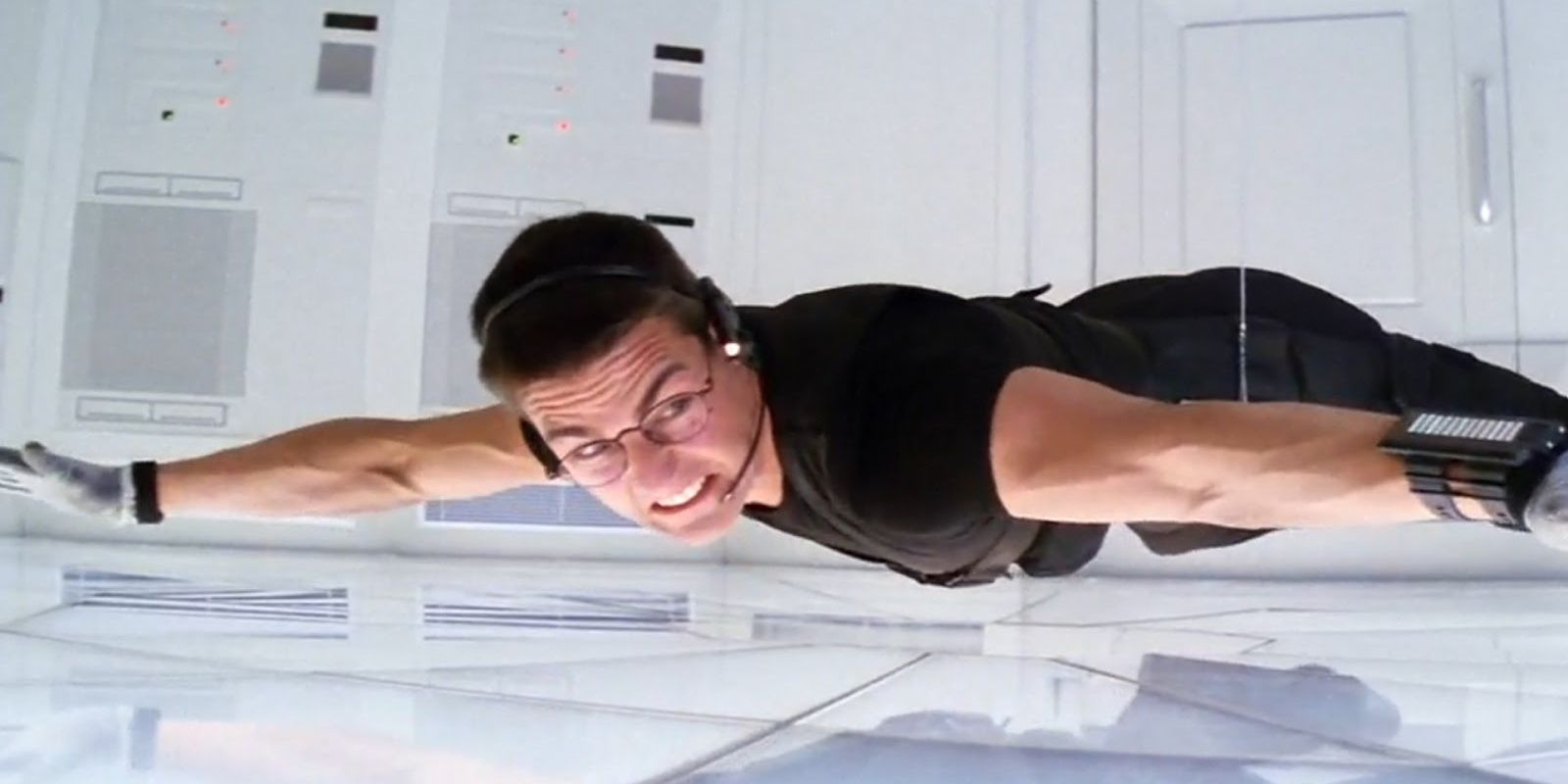
Like other franchises that have lasted from the ’90s through the ’10s, when the New Millennium brought the sweeping wings of change from the analog to the digital, Mission: Impossible has both the blessings and the curse of its origins. This is especially salient when Ethan Hunt and the rest of the spies of the film franchise run around manically with the “latest tech”.
What’s ironic about the film now is that these super spies’ formerly state-of-the-art tech is now commonplace, and everyone’s grandmother with an Alexa can essentially do what Hunt does with a little ingenuity. There’s modems, and internet access only possible by typing into the “internet link,” and used a floppy disk with 230 MB, aka the equivalent of the first three minutes of the film.
TOP GUN (1986)
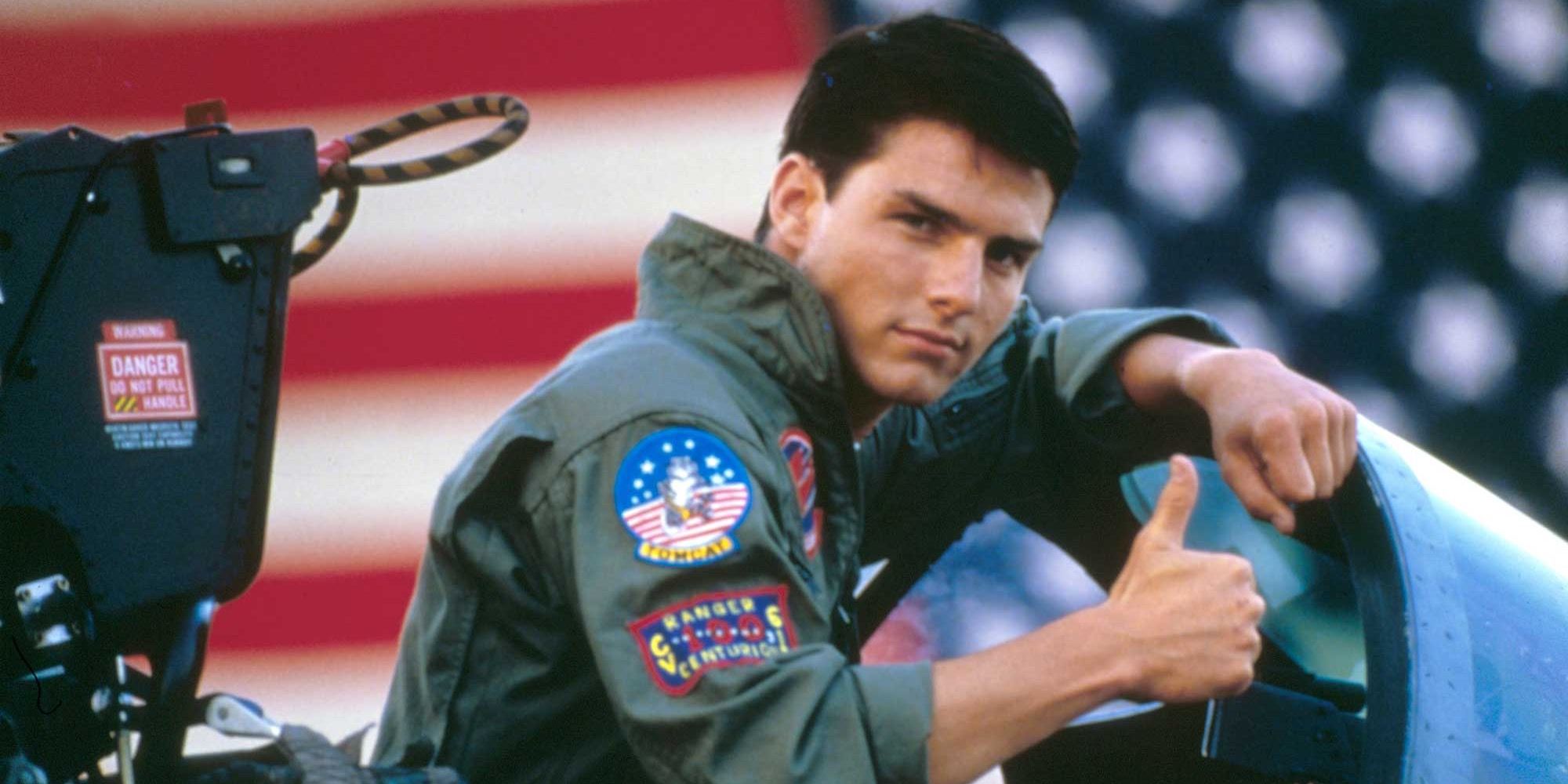
Once upon a time, F-14 Tomcat’s ruled the skies, guitar solos were still cool in songs, and a bunch of guys playing volleyball on the beach was the innocent pastime of fighter pilots in America. Top Gun epitomized the breezy confidence of testosterone in the ’80s, which hadn’t a care in the world and was right about everything.
There’s a lot of things about the film that don’t hold up today, from the tech, to Iceman’s frosted tips, but one of the most flagrant violations of conduct has to be when Tom Cruise’s Maverick follows a woman into the women’s restroom demanding her attention. She’d later be his instructor, and nothing about their relationship would improve.
BATMAN (1989)
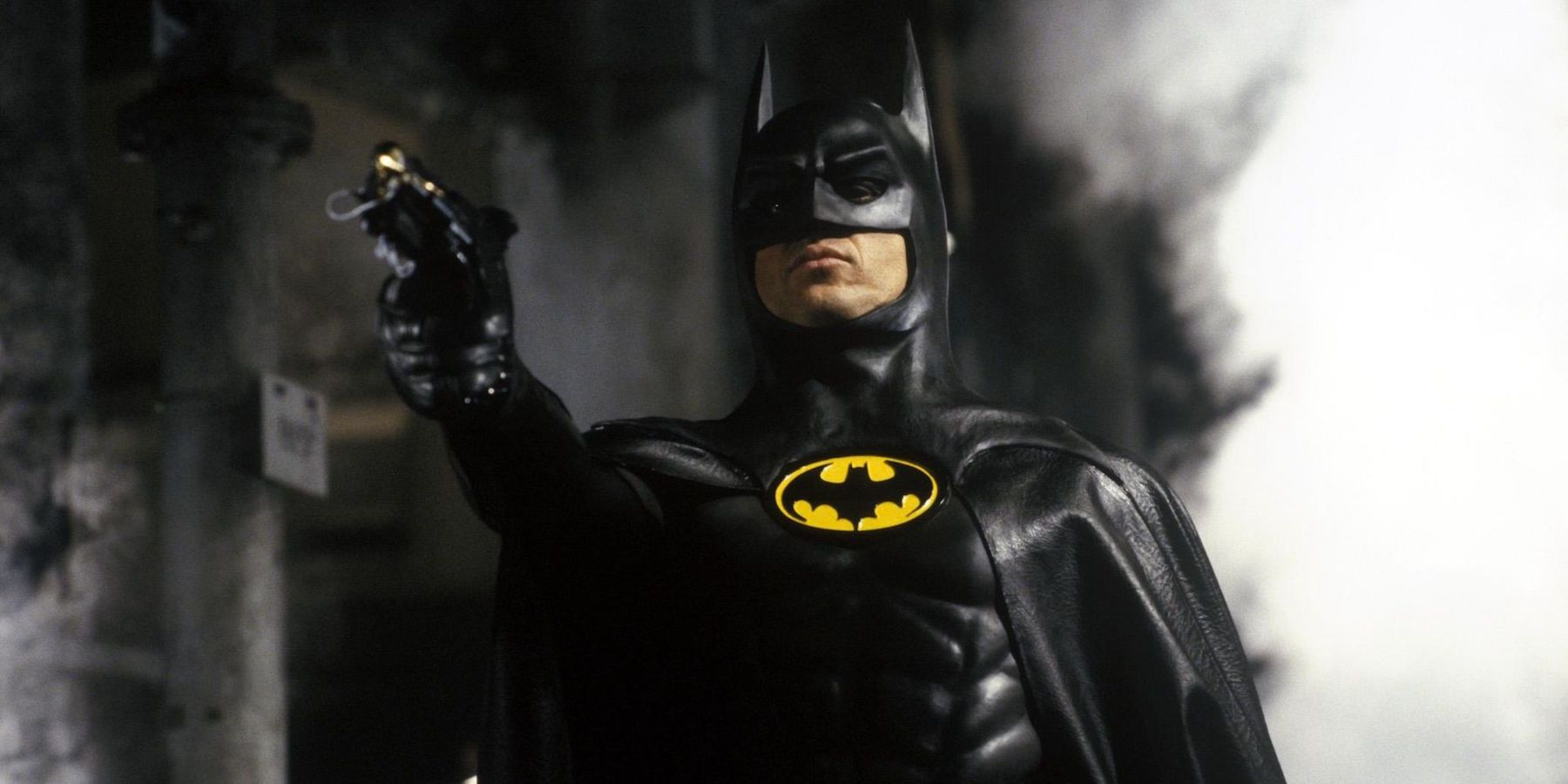
To many Batman fans out there, Tim Burton’s 1989 Batman is the definitive version of the Batman storyline. It includes the first live-action depiction of Batman to include his orphan origin story, a concept created by Frank Miller for the Dark Knight Returns comic book storyline in the mid-’80s. Prior to that, all fans had was the campy Adam West version from the ’60s.
As great as Tim Burton’s art direction is, and as engaging as Michael Keaton and Jack Nicholson are as Batman and Joker respectively, there have been so many other iterations of the Caped Crusader (Batman Begins being a key one) at this point that the film no longer holds the same weight it used to.
